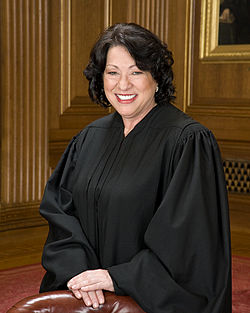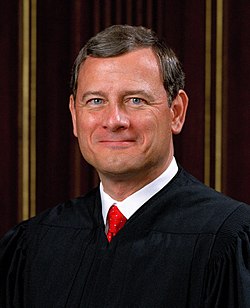Legislative background
In 1975, Congress passed the Indian Self-Determination and Education Assistance Act (IDEAA). [8] IDEAA authorized the Secretary of the Interior and the Secretary of Health and Human Services to contract with Native American tribes to take over services that had, in the past, been provided by the BIA and the Indian Health Service (IHS), among others. [9] The stated intent of IDEAA was to improve tribal self-determination in planning and managing federally funded programs for tribal members. [10] The Secretary of the Interior was responsible for administering these contracts out of monies appropriated by Congress. [fn 2] The contracts required two parts, first the direct cost of the program being administered by the tribe, and second, indirect costs of administering the program, subject to funds being appropriated by Congress. [fn 3] [13] When there were shortfalls in the amounts paid by BIA to the tribe, the agency would underpay the tribe for indirect costs, forcing the tribes to cut services to tribal members to pay the indirect costs. [14]
Procedural history
In 1989, the Ramah Navajo Chapter had five contracts with the BIA to administer programs relating to real estate, natural resources, law enforcement, the Aid to Tribal Government program, and water rights programs. [fn 4] [16] Additionally, the Chapter had two contracts with the State of New Mexico to administer a juvenile justice restitution program and a criminal justice program. [fn 5] [16] In determining the indirect costs to be reimbursed to the Chapter, the BIA used both the federal and state grants, which came to $336,317.65. This was about $28,000 less than the amount that would be reimbursed using only the BIA grants. [17] The BIA used this method to artificially reduce the amount of indirect costs that it would have to pay to the tribes. [fn 6] Due to the dispute over indirect costs, the Chapter filed a contract appeal with the BIA in 1990. [19] The BIA denied the appeal, noting even so that the Chapter was correct that including the state grants in the calculation was contrary to law. [fn 7]
Circuit court of appeals
The appeal was heard by the Tenth Circuit Court of Appeals. The circuit court held that the 1988 amendment to IDEAA was intended to correct the chronic underfunding of BIA and IHS contracts with tribes, especially in regards to indirect costs. [22] The circuit court noted that normally, when dealing with an ambiguous federal statute, courts will defer to the administrative agency charged with implementing the statute. [23] Indian tribes are treated differently—the court noted that it has long been a principle of American jurisprudence that ambiguous statutes are to be construed in favor of the tribes. [24] The circuit court ruled on May 8, 1997, that the government's interpretation of the statute was unreasonable, and reversed and remanded the case to the district court. [25]
District court on remand
On remand, both the United States and the Chapter entered into settlement talks, eventually settling a portion of the claims. On May 25, 1999, the district court entered a final judgment on the partial settlement, finding for the Chapter and the other tribes in the class for $79,903,529 on the partial claim, $8,338,000 in attorney's fees, and $170,036 in costs. [26] On December 6, 2002, the district court entered a final judgement on most of the remaining issues, finding for the Chapter and the other tribes in the class for $29,000,000 on the claims, $5,800,000 in attorney's fees, and $243,496 in costs. [27] This narrowed the dispute to whether the plaintiff tribes [fn 8] could collect on the underpaid amounts and the way the statute was interpreted. The district court granted summary judgment to the government, and the Chapter appealed. [29]
Circuit court, second appeal
The circuit court noted that this was an issue on how the statute was to be interpreted. [fn 9] First, the court noted that the statute required the Secretary of the Interior to add the full amount of indirect, contract support costs to the contract. [31] Beginning in 1994, Congress began to cap the total amount of funds that could be used for IDEAA contracts. This amount was insufficient to cover the contracts with all Indian tribes, but was sufficient to cover each individual contract that was entered into by BIA. [30] The court noted that when construing a statute dealing with Indian tribes, the statute is to be construed to the favor of the tribe over the more general canon requiring deference to agency determinations. [29] The court then held that since there were sufficient funds to pay each individual contract in full, the government was obligated to do so. The circuit court reversed and remanded the decision of the district court, ruling in favor of the Chapter. [32]



